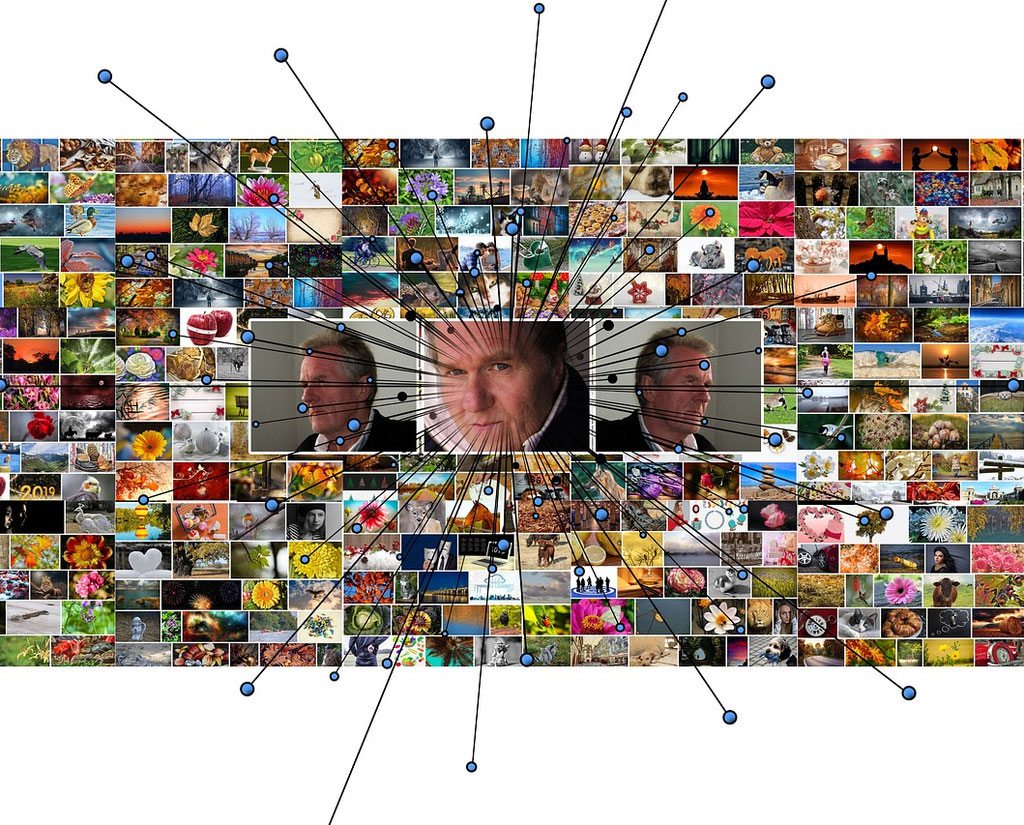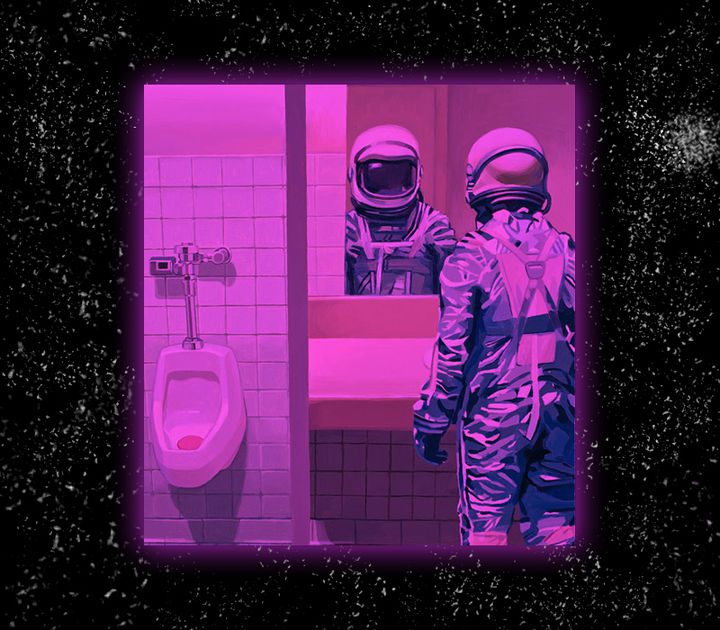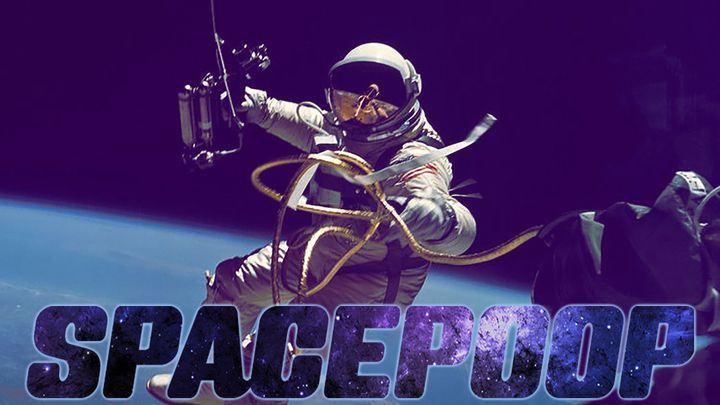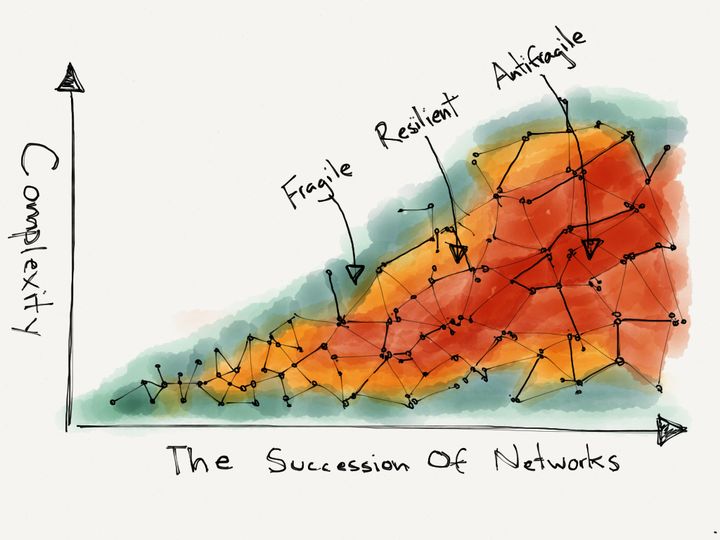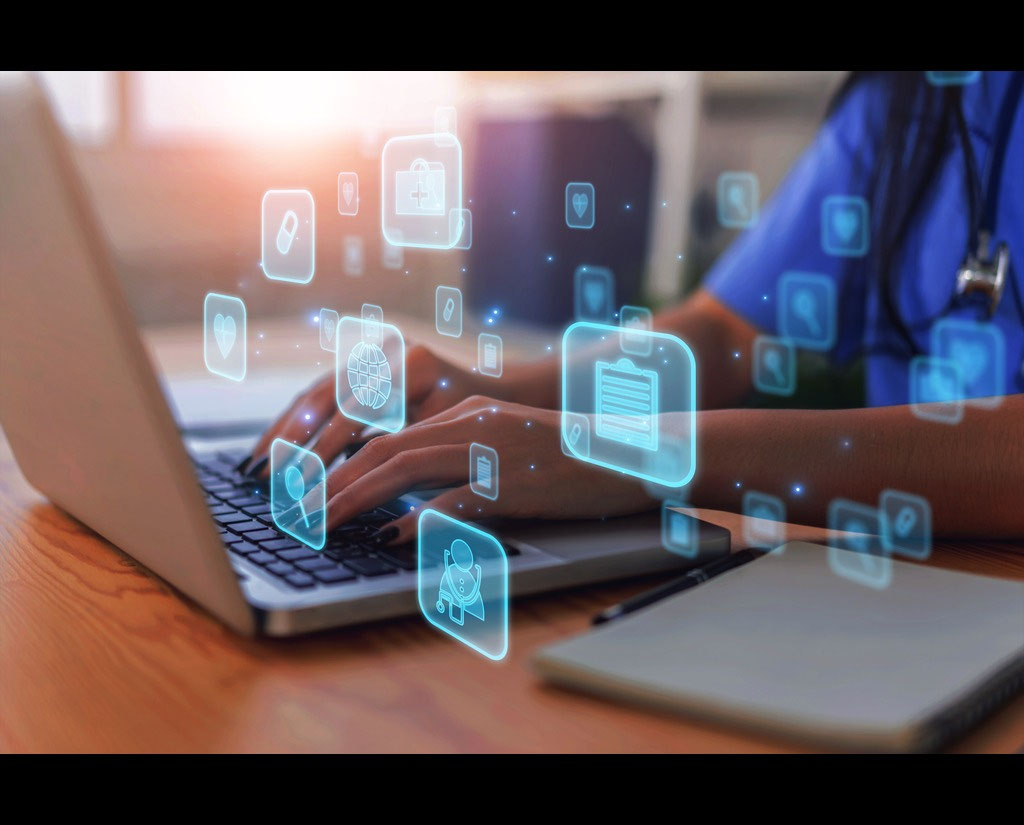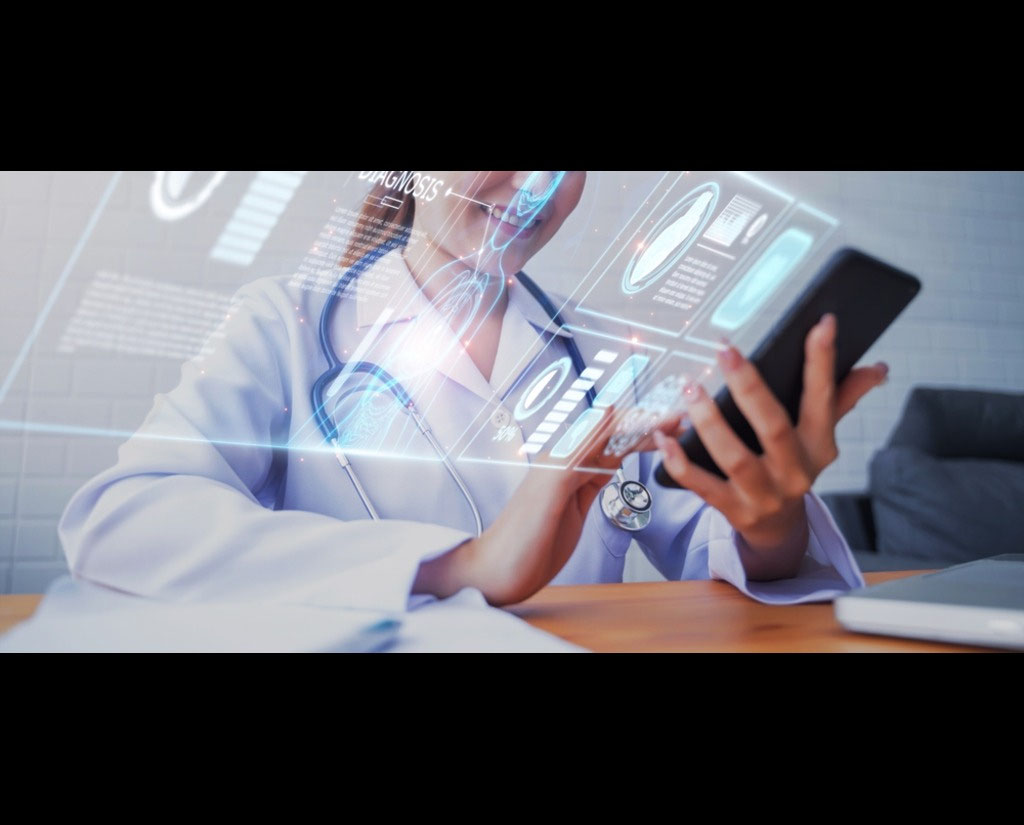
Over the last decade, image recognition technology has advanced significantly. This is due in large part to innovations in the fields of artificial intelligence (AI), deep learning algorithms, and more.
Now that these image recognition solutions can both recognize and interpret visual information, their usefulness is practically limitless. This technology has become a critical tool for organizations in a wide range of industries like health, retail, and security, not to mention its place at the forefront of the autonomous vehicle revolution.
When you consider just how far image recognition technology has come in a (relatively) short amount of time, it truly is exciting to think about what the next few years will have in store for these and other industries.
Image Recognition in Autonomous Vehicles
This type of technology - particularly as it relates to tracking objects in low-light - is also at the heart of the recently launched TII Infrared Tracking Challenge. Innovators, research institutions, students, and others are all invited to participate for a chance to win $75,000 by crafting better algorithms for tracking objects in poor lighting conditions and heterogeneous environments for autonomous vehicles.
Right now, major advancements need to be made in terms of effectively tracking moving objects in the dark - something that has been a challenge for unmanned ground vehicles. They will need to do this with objects moving in both structured and unstructured ways. So while a vehicle like a car or truck may be comparatively "easier" to track as it moves logically along a multi-lane highway, the unpredictable nature of a pedestrian or even an animal would prove more challenging.
Through the use of image information collected from various types of sensors, industry officials are hoping to solve this problem effectively.
The Use of Image Recognition in Retail
The retail sector is another area where image recognition is already making waves. One of the best examples of this has to do with automation in terms of product audits - something that historically took a significant amount of time to complete, especially with larger retailers. Here, employees would have to go through the entirety of a store's shelves and make sure that product counts are the same in the inventory system as they are in a physical space. This is done in an attempt to understand losses from theft or mistakes with computer inventory solutions.
The problem, however, is that this process is not only lengthy, but it is also incredibly prone to human error. Image recognition technology may be capable of conducting the same audits in a much more controlled, accurate fashion - saving time, money, and easing the mental burden of employees in the process.
Image recognition, when paired with technologies like augmented reality, can also make the shopping experience far more interactive than ever - especially online. One of the most significant examples of this at present is Ikea, which uses image recognition and AR technology to bring their product catalog to life in a user's home with the aid of a smart phone.
Image Recognition in Healthcare
Finally, the future of image recognition technology will also see newer and more efficient outcomes for patients and professionals alike in the healthcare space. Once properly trained, these systems may be able to screen for certain diseases far faster than traditional methods or bring diagnostic services to patients in remote locations. Improving these screening services could help someone to get started on what could end up being life-saving treatment right away.
Image recognition in this context could also be used to help reduce human error. If one of these systems can read an x-ray with a high degree of accuracy, for example. The separate work of medical trainees can then be checked against those results to help make sure that they're not missing anything crucial or to build confidence in the conclusion. Not only does this make for a more effective training experience, but one that also helps to make sure that these newer doctors are as accurate as they can be themselves when interacting with patients.
In the end, image recognition isn't a totally new concept - it's just that advancements in this field, like those teased above, have the potential to shake up our whole society. As these systems become more sophisticated and accurate, they may make a significant impact in virtually all areas of our lives - improving our travel experiences, revolutionizing how businesses operate, and assisting with more accurate healthcare diagnoses.
To find out more information about the inherent possibilities in image recognition technologies, or to find out more about the TII Infrared Tracking Challenge, please don't hesitate to visit HeroX today.
